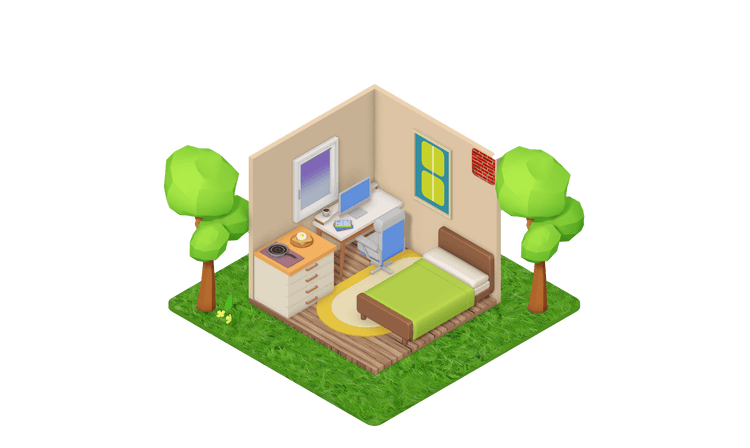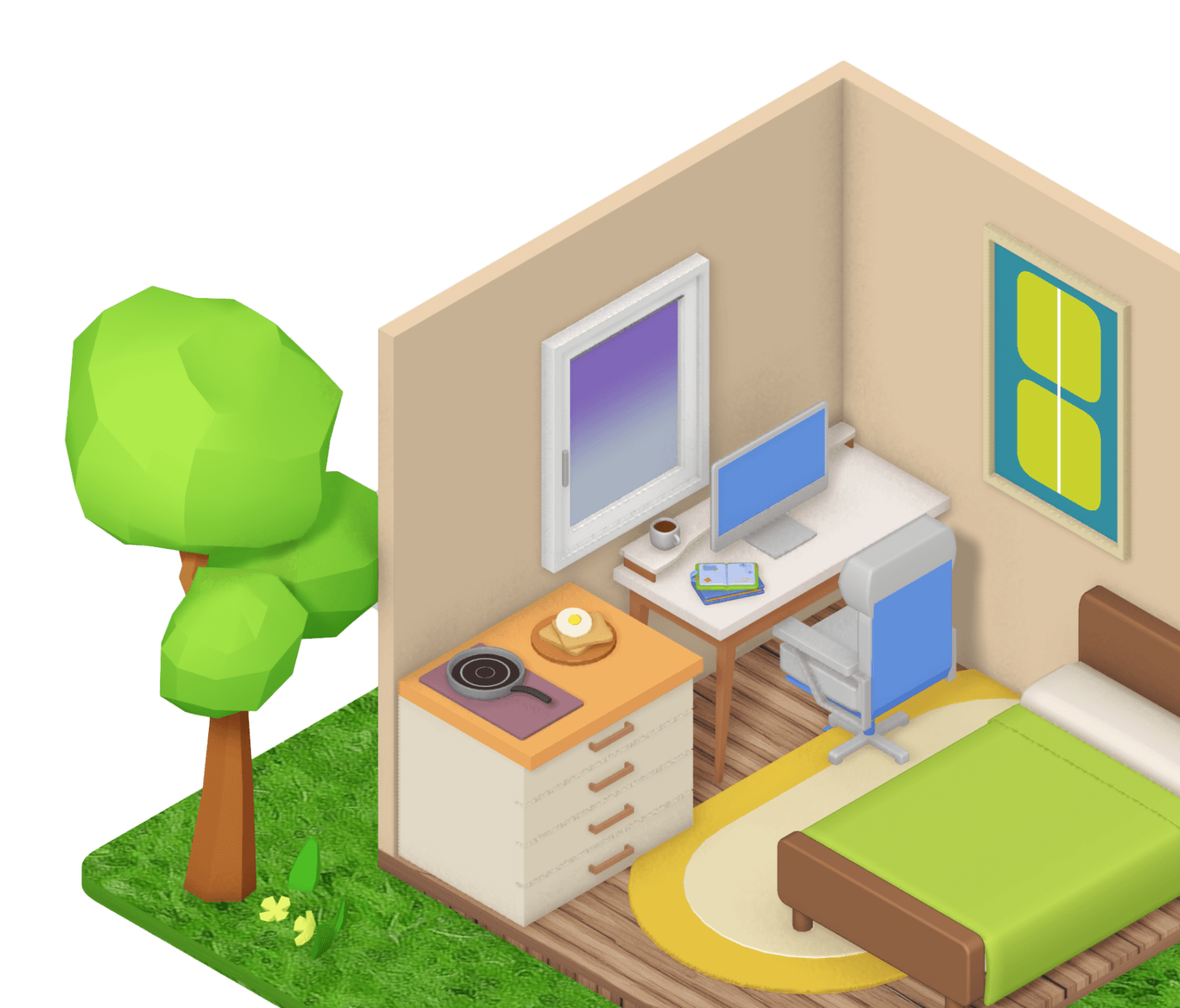
How does climate change impact your home?
This homepage gives you the opportunity to assess the effects of climate change in your personal environments and offers you further information about the topic.

The impact
The signs of climate change are already visible: strong winds, long periods of drought and an increased risk of forest fires or heavy rain and floods. In addition to temperature and relative humidity, the chemical composition of the outside air (atmosphere) will also change: The outdoor concentrations of anthropogenic origin such as ozone, aerosol particles and nitrogen oxides will increase. Local factors play a major role in this. The effects of poor outdoor air quality and photochemical smog will be particularly visible in urban areas with high population and traffic density. Since the outside temperatures increase, especially in summer, higher temperatures can also be expected indoors in the future. The residential buildings, which are heavily insulated to save energy, will also contribute to this. It is therefore important to deal with the consequences of climate change in the personal living environment.

The research project
The calculation model was developed by Fraunhofer WKI in close cooperation with Fraunhofer IBP as part of a research project funded by the Federal Ministry for the Environment, Nature Conservation, Nuclear Safety and Consumer Protection (BMUV; ReFoPlan 2019: FKZ 3719512050).

Frequently asked questions
What is climate change?
Climate change refers to long-term shifts in temperatures and weather patterns. The average temperature of the Earth’s surface is now about 1.1°C warmer than it was in the late 1800s, but climate change refers to more than an increase in temperature. The consequences of climate change now include, among others, intense droughts, water scarcity, severe fires, rising sea levels, flooding, melting polar ice, catastrophic storms and declining biodiversity (United Nations).
How does indoor air quality affect our health?
The topic of indoor air quality has gained in importance in recent years, as people spend most of their time in many different indoor spaces during the course of a day. Indoors, people are exposed to air pollutants from mixed indoor and outdoor sources. You can find more information about this topic in the "Indoor Air Quality Information Platform" (IAQIP). The platform provides an overview of the most important information regarding indoor air quality in homes, offices and schools/daycare centers and will be supplemented by other relevant areas in the future.
How do different building types, materials, and age of homes affect the air quality of my living space?
Common building types in Germany include solid construction (made of bricks or concrete) and lightweight/timber construction. Different building material composite have an influence on how well your house is insulated. An older house often leaks here and there, allowing more pollutants to penetrate from the outside to the inside. But also the materials and furnishing used indoors impact the indoor air quality.
How does my activity influence my air quality?
There are many activities that you perform in your home during your daily life. Some of these activities increase indoor air pollution, such as cooking, baking, burning candles, vacuuming, and using air sprays. Opening windows helps on the one hand to get indoor air pollutants outside, but on the other hand, it also means that outdoor pollutants enter the living spaces.